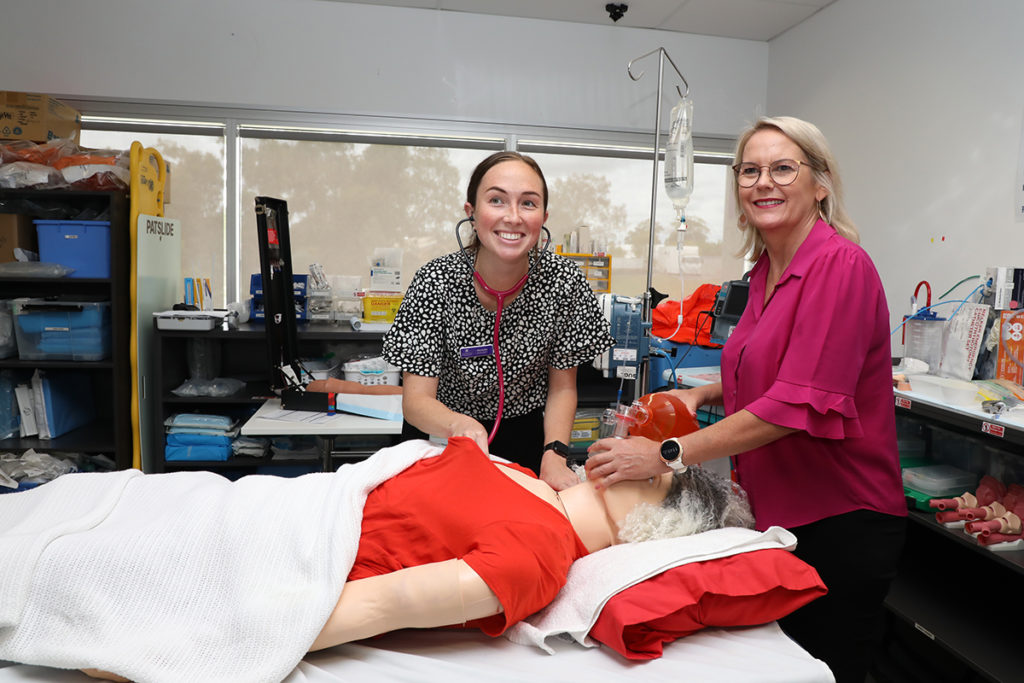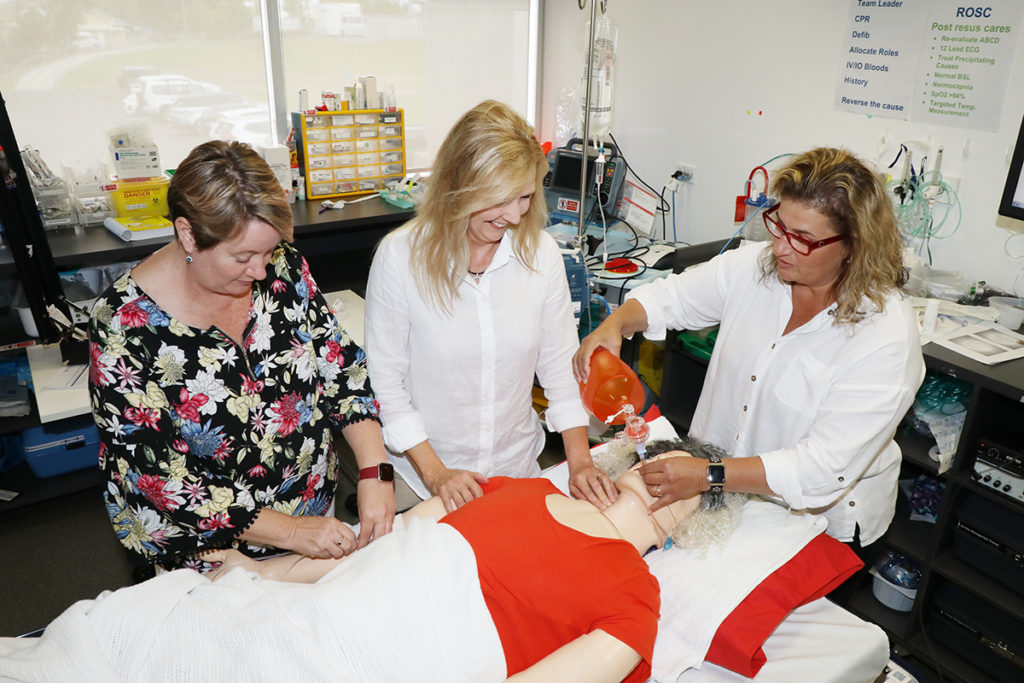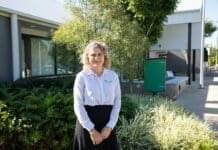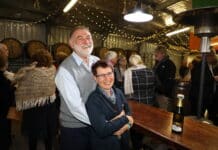
Health care is not usually thought of as an area for dummies, but a two-day simulation workshop in Bundaberg proved how valuable manikins can be.
And when one of the manikins in question is the advanced Laerdal SimMan 3G patient simulator, the value of creating scenarios that reflect potential real-life situations when training healthcare workers becomes obvious.
Healthcare workers from Bundaberg, Rockhampton and Hervey Bay were introduced to ‘Nigel’, a manikin that can perform any number of human bodily functions, at a two-day National Health Education and Training – Simulation workshop in Bundaberg that finished yesterday.
Trainer Jules Bennet, Lead Clinical Educator Clinical Skills and Simulation for the University of Queensland and Hervey Bay Rural Clinic School said the course was effectively a ‘train the trainers exercise.
“We’ve been training healthcare providers how to safely, effectively and efficiently run simulations for the health professionals within their health services,” Jules said.
“It’s giving them the skills to know how to design, evaluate and implement a scenario.
“A lot of people don’t understand the complexity involved with developing scenarios and the work that goes into their preparation and debriefing.”
And that’s where ‘Nigel’ comes in, with Jules detailing how he adds to the sense of realism attached to scenarios developed to illustrate the types of scenarios faced at accident scenes, in operating theatres or when faced with a patient suffering a cardiac arrest.
“His eyes react to light,” she said. “You can change the flow of blood so that a wound can be squirting or dripping.
“The manikin can sweat, cry, scream, vomit, and it can emit heart, lung and bowel sounds, and pass urine.”
Venous and arterial bleeding, ECG traces and adjustable lung capacity are other features of the manikin.
Jules, who is also chair of the Australian Society for Simulation and Healthcare, said those attending the workshop, hosted at the UQ Rural Clinic School at the Bundaberg Base Hospital Campus, were now better equipped to host simulated training exercises in the appropriate environment.
“It’s very important to make sure that they provide a safe environment so that the participants are able to learn, feel supported in being able to make mistakes, reflect on it, and then practise more and move forward without fear of judgement,” she said.

Carolyn Wilson, a course participant, and educator at the Friendly Society Private Hospital Bundaberg, said her involvement in the workshop had been a valuable learning experience.
“Simulation, as far as technical ability goes, with healthcare is absolutely the way to go,” she said.
“It not only teaches technical skills, but communication and leadership skills as well, and working as part of a team.
“The more you practise that, the more efficient you do become. And that, in turn, helps to save lives.”







